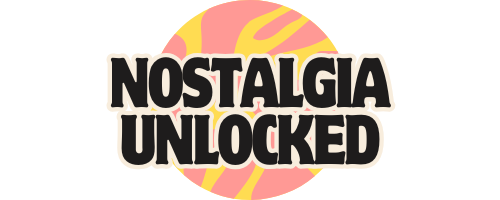17 Ways Old-School Libraries Were Basically The Internet Before The Internet

Gather ’round, bookworms and nostalgia nerds, because we’re about to take a gloriously geeky trip down memory lane—to a time when libraries were the Wi-Fi-free wonderlands of the world.
Long before Google answered our every question and Wikipedia ate up entire afternoons, there stood the old-school library: a temple of knowledge, a fortress of silence (mostly), and a social hub for the quietly chaotic.
This was where you learned, discovered, procrastinated, and maybe even flirted in hushed whispers by the card catalog.
With the scent of aging paper in the air and the sweet sound of pages turning, libraries were basically the original internet—but with more wood paneling and fewer pop-up ads.
As someone who logged serious hours between the stacks, I can confirm: those dusty aisles were portals to infinite adventure. So grab your library card—we’re diving deep into the analog archive of awesome.
1. Card Catalogs = Google Search (But with More Wood)
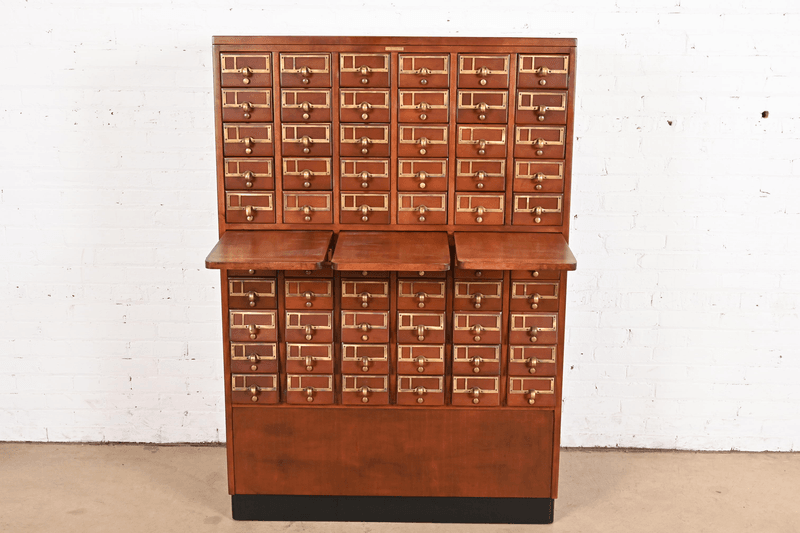
Ah, the card catalog! Imagine, if you will, a Google search made entirely of wood. Back in the day, finding a book meant physically digging through tiny drawers full of index cards. Each card had handwritten or typed information about a book, and you had to sift through them like a medieval hacker looking for keywords.
Boolean operators? Try alphabetical tabs. The whole experience was a workout for both your brain and fingers. There was nothing quite like the thrill of finally finding the card you were searching for, only to realize the book was checked out.
It was a treasure hunt with no digital shortcuts. Those little cards were more than just paper; they were the keys to unlocking a world of knowledge. Who knew a piece of cardboard could hold so much power?
2. Reference Librarians = Human Search Engines
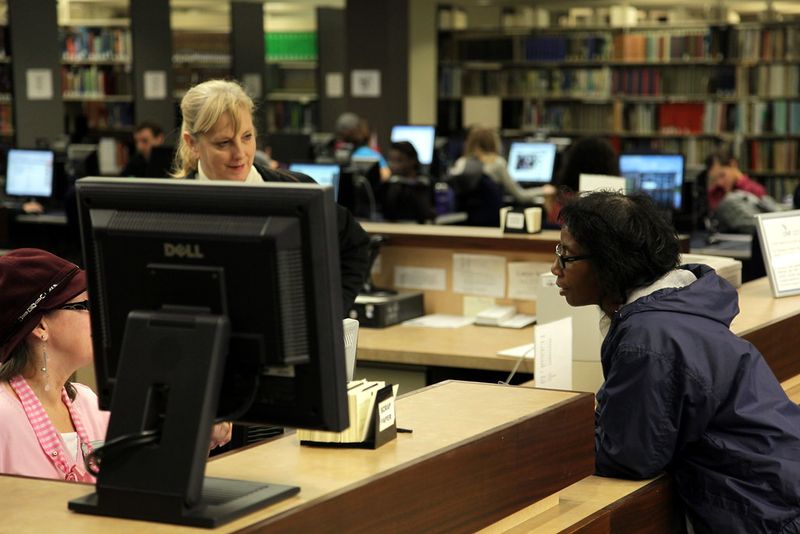
Reference librarians were the original search engines, and they didn’t even need a power button. Imagine saying, “Hey Siri” but as “Excuse me, Miss?” and voila, they’d find the answers. Encyclopedias, biographies, or that weird book about birds you vaguely remembered from 3rd grade? Boom, they had it covered.
Their knowledge seemed endless, and their ability to locate obscure information was nothing short of magical. They were the knights of the library realm, armed with the power of books and an uncanny ability to remember Dewey Decimal System codes.
Whether it was helping you find a research paper or just a good mystery novel, they were there to assist with a smile. In a world without Google, these librarians were real-life superheroes, saving the day one book at a time.
3. Microfilm = The Deep Web
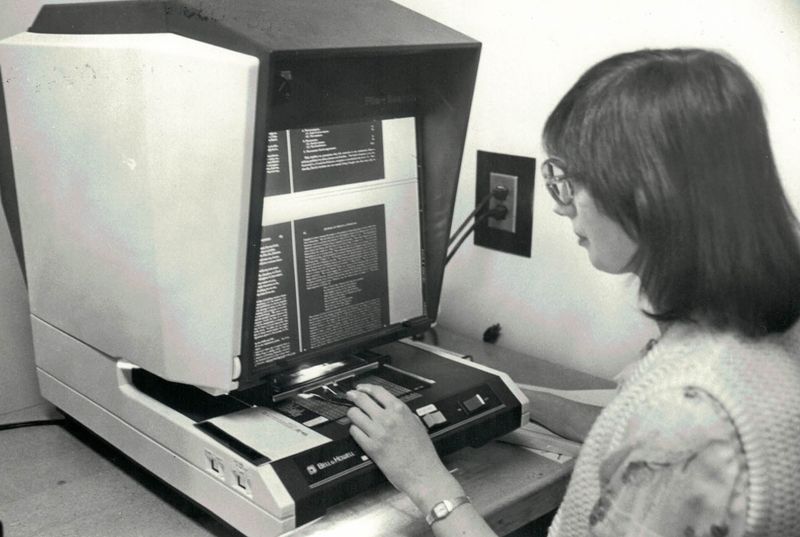
Microfilm was the ultimate deep dive into the past, hidden away in the library’s back rooms like secret treasure. These rolls of film contained tiny text, grainy newspaper clippings, and ancient mysteries waiting to be uncovered.
You needed some serious skills and lots of patience to scroll through it like a reel detective. The process was like detective work, and the reward was finding a snippet of history you could hold in your hands.
Peering at the glowing screen of a microfilm reader, you felt like you were uncovering hidden secrets, one frame at a time. It was an adventure into the unknown, with the satisfying click of the machine as your only companion.
4. Dewey Decimal System = The Original URL
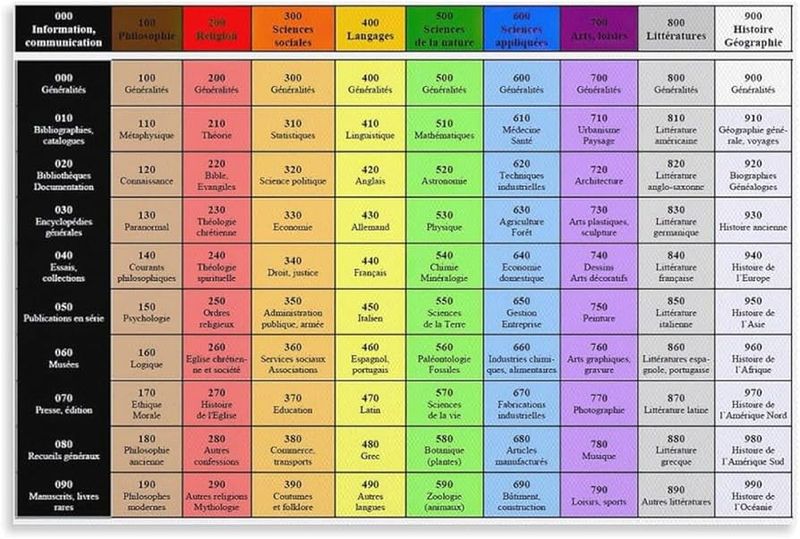
Before URLs, there was Dewey. A brilliant organizational system that made navigating the library a breeze, if you knew the codes. Want a book on haunted castles? Look under 133.122. Dewey was the OG link shortener, just way less clickable.
Each number was a portal to a specific topic, and understanding it felt like cracking a secret code. This numerical magic guided you across oceans of bookshelves to exactly the information you desired.
It was an elegant dance of numbers and topics, connecting you to the knowledge locked within the library’s walls. Dewey was the unsung hero, keeping the chaos of countless books in check.
5. Study Carrels = Private Browsing Mode
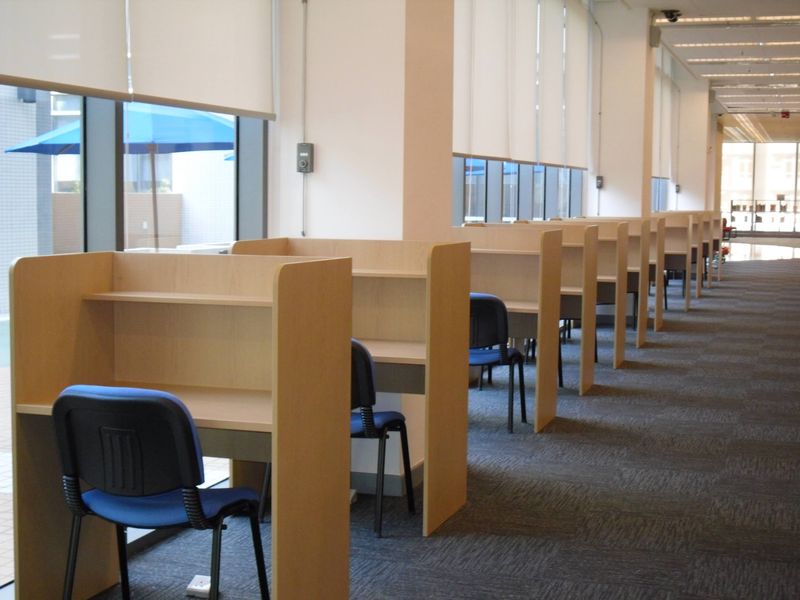
Study carrels were the original private browsing mode, offering tiny wooden cubicles where you could read literally anything without anyone judging. Need a quiet spot to study or read a steamy romance novel in peace? These little nooks were dark academia vibes personified.
Each carrel was a world of its own, a private sanctuary where you could focus on your studies or daydream in solitude.
The creaky chairs and well-worn desks added to the charm, providing a cocoon of concentration. It was just you, your thoughts, and a stack of books, isolated from the bustling world outside.
6. VHS Tapes and Audio Cassettes = YouTube Tutorials
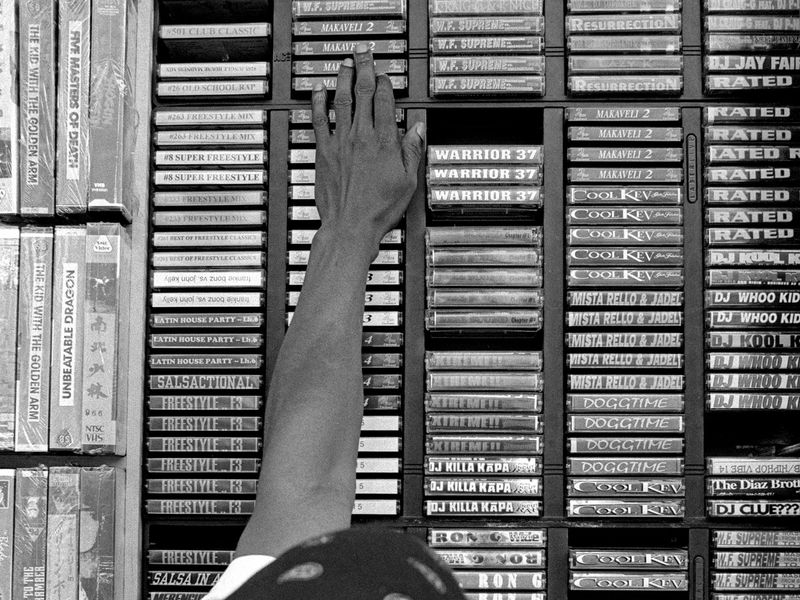
Before YouTube tutorials, there were VHS tapes and audio cassettes, scattered around libraries like relics of curiosity. Wanna learn origami or the mating dance of flamingos? Find the right tape and rewind gently, friend.
These tapes were the gateways to learning new skills or simply killing time. Each tape was an adventure waiting to be played, providing visual and auditory guides to the mysteries of the world.
You never knew what gem you’d uncover next—it could be the secrets of ancient Egypt or how to make the perfect soufflé. You just had to remember to rewind the tape before returning it, or face the librarian’s wrath.
7. Note-Taking = Copy-Paste

Before the age of CTRL+C and CTRL+V, we had pens, paper, and hand cramps. Note-taking was the original copy-paste, a crucial skill for any library-goer. Frantically jotting down information from books, you had to keep up with your brain and the library’s closing time.
Bonus points if you doodled in the margins. It was an art form, balancing speed with legibility, and the occasional artistic flourish.
Each page of notes was like a personal mini encyclopedia, filled with knowledge and maybe a stick figure or two. In a way, your notes were a testament to your dedication, a labor of love and ink that captured the essence of library research.
8. World Book & Britannica = Wikipedia (But With Gravitas)
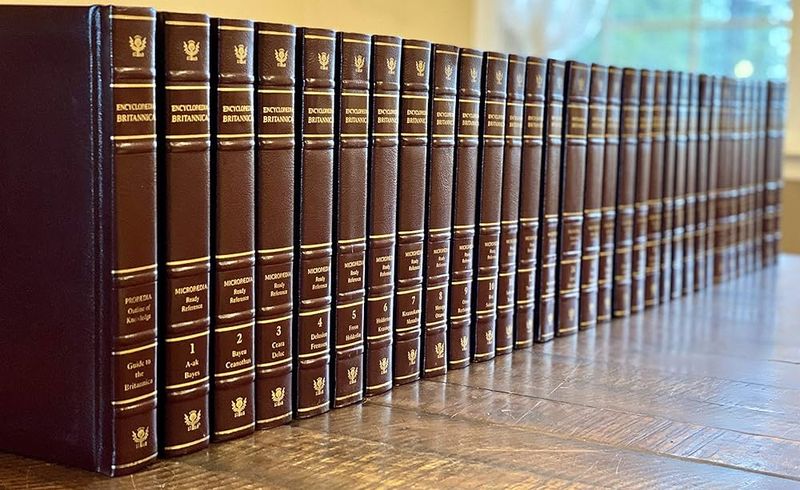
World Book and Encyclopedia Britannica were the epitome of reliable information, serving as the authoritative source before Wikipedia was even a concept. If it came from Encyclopedia Britannica, it was facts.
Heavy, glossy, and intimidating facts that demanded respect and careful handling. These tomes were the gold standard of knowledge, containing everything from the history of the Roman Empire to the lifecycle of frogs.
Flipping through their pages was like venturing into a world of gravitas and enlightenment. They were the ultimate reference material, providing answers and insights with an air of scholarly dignity.
9. Posters and Bulletin Boards = Reddit Threads
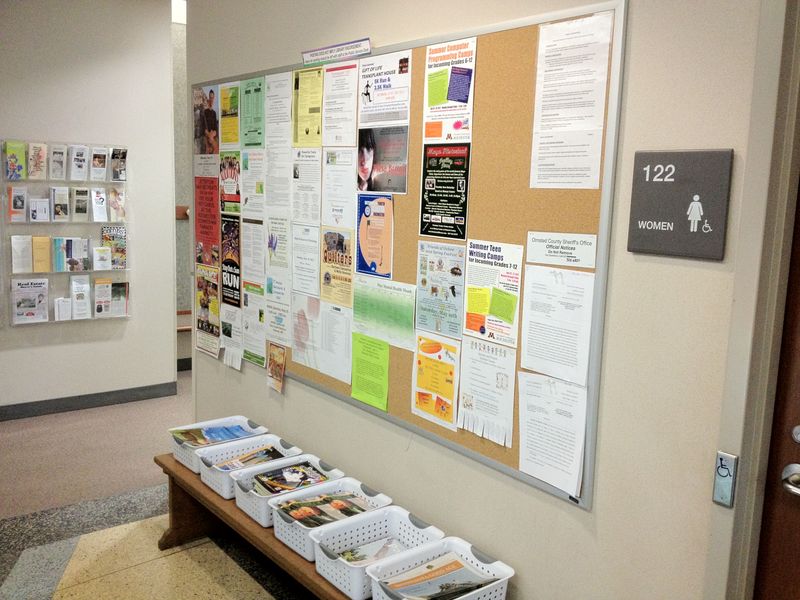
Library bulletin boards were the physical embodiment of Reddit threads, showcasing random community events, debates, and personal rants.
Pinned next to each other with thumbtacks and love, these boards were a cacophony of information. From poetry readings to lost cat notices, they offered a glimpse into the community’s heartbeat.
It was a delightful mess of paper and ink, capturing the essence of local culture and interests. Each poster was a conversation starter, an invitation to join in or simply observe. It was social networking, old-school style.
10. Reading Room Drama = Social Media Feeds

Who needed Twitter when you had the reading room drama? A place where whispered gossip and dramatic sighs ruled the airwaves, and someone was always getting shushed. It was the quiet tea spilling, where whispers spread faster than wildfire.
The reading room was a microcosm of social interaction, where you could watch the tension unfold or become part of the storyline.
From stolen glances to hushed debates, it was a living, breathing social media feed, complete with real-time updates and the occasional librarian intervention. The drama was subtle yet captivating, making every visit an unpredictable experience.
11. Library Fines = Pop-Up Ads
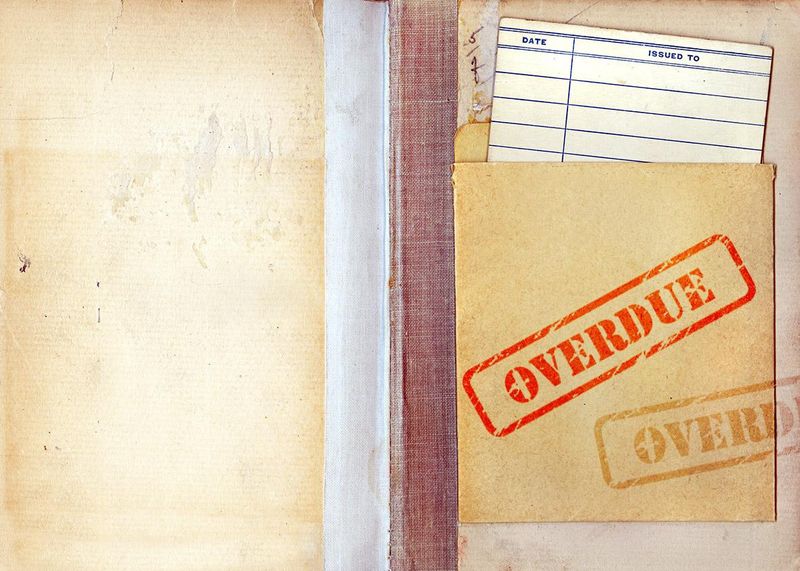
Just when you thought you were free, bam—library fines! These pesky reminders were the equivalent of pop-up ads, annoying, persistent, and absolutely unavoidable. You owe $1.25 for that Goosebumps book from 1996, and it’s not going away until you pay up.
These fines were a gentle nudge—or sometimes a hard shove—back to reality, ensuring you returned books on time.
They were the unsung heroes of library organization, keeping everything in check, one overdue book at a time. While paying them could be frustrating, it was all part of the library experience, a little hiccup in the otherwise smooth journey of knowledge.
12. Shelf Browsing = Random Wikipedia Spirals
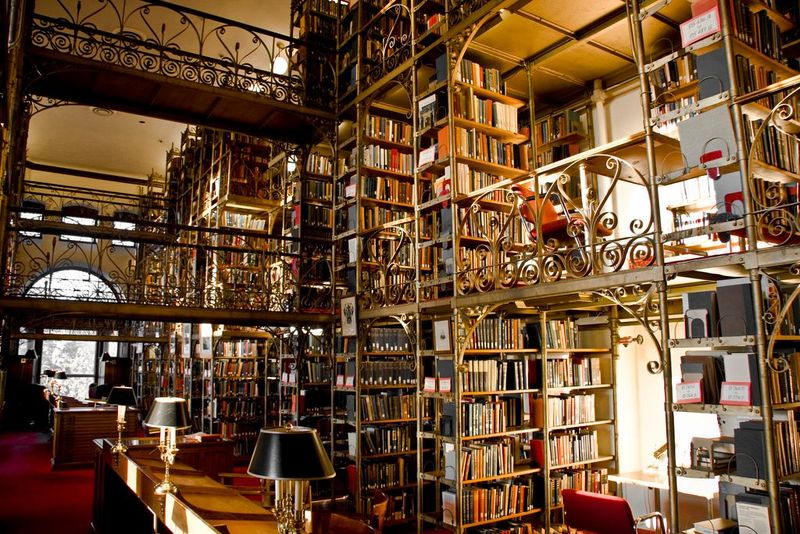
Shelf browsing was the analog equivalent of falling into a random Wikipedia spiral. You’d enter looking for one book and emerge an hour later with knowledge of 19th-century butter churn techniques. How did we get here? Who cares.
The spontaneity of finding unexpected treasures on the shelves was a joy in itself. Each book was a possibility, a new adventure waiting to be discovered.
It was a delightful journey through the unknown, where curiosity guided your steps and serendipity rewarded your wanderlust. Shelf browsing was a testament to the library’s magic, turning ordinary visits into extraordinary experiences.
13. Story Time = YouTube Kids

Story time at the library was the live-action YouTube Kids, with weekly performances, puppets, and librarians with impeccable reading voices. No autoplay needed here—each session was a carefully crafted experience.
Children gathered around, eyes wide with wonder, as stories came to life with every turn of the page. It was an interactive adventure, where the magic of books was shared and cherished.
The joy of seeing little faces light up with imagination was priceless. Story time was more than just reading; it was a celebration of storytelling, a tradition that fostered a love for books in the hearts of young readers.
14. CD Listening Stations = Spotify Playlists
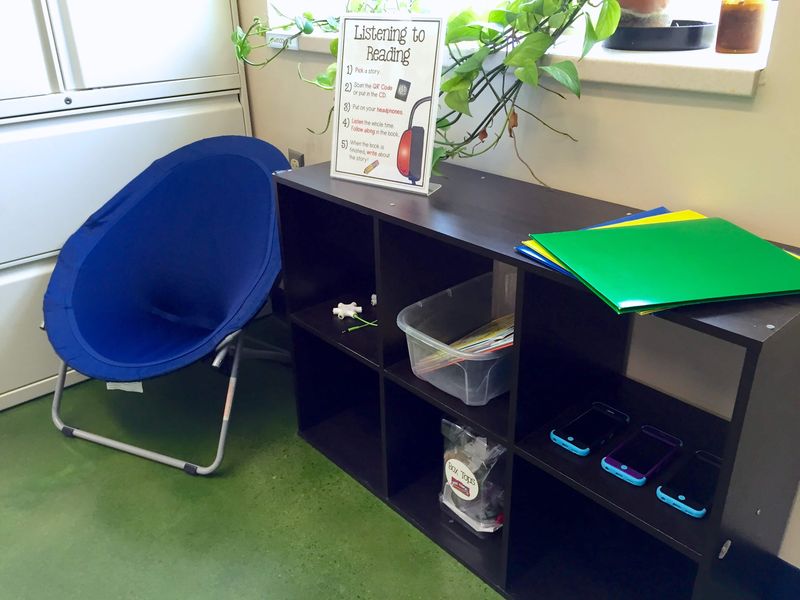
Before Spotify, there were library CD listening stations, where you’d slap on oversized headphones and sample the latest Enya album like a scholar of sound. It was an auditory playground, offering a variety of music to explore and enjoy.
Each CD was a sonic adventure, waiting to transport you to different worlds through melody and rhythm. The experience was immersive, allowing you to discover new artists and genres in a tactile way.
The library was a hub of musical exploration, where curiosity and headphones were all you needed to enjoy a symphony of sounds.
15. Book Covers = Clickbait

“Don’t judge a book by its cover” was a lie. We all did it. Skeletons, glitter, swooning couples—100% click-worthy. Book covers were the original clickbait, drawing you in with promises of intrigue and adventure.
They were a visual feast, designed to catch your eye and spark your curiosity. Each cover was a window into the story within, offering a taste of what awaited inside.
The artistry and creativity of book covers were an integral part of the library experience, making every visit an opportunity for discovery. Judging books by their covers was not only accepted but encouraged in this world of literary allure.
16. Check-Out Cards = Browsing History
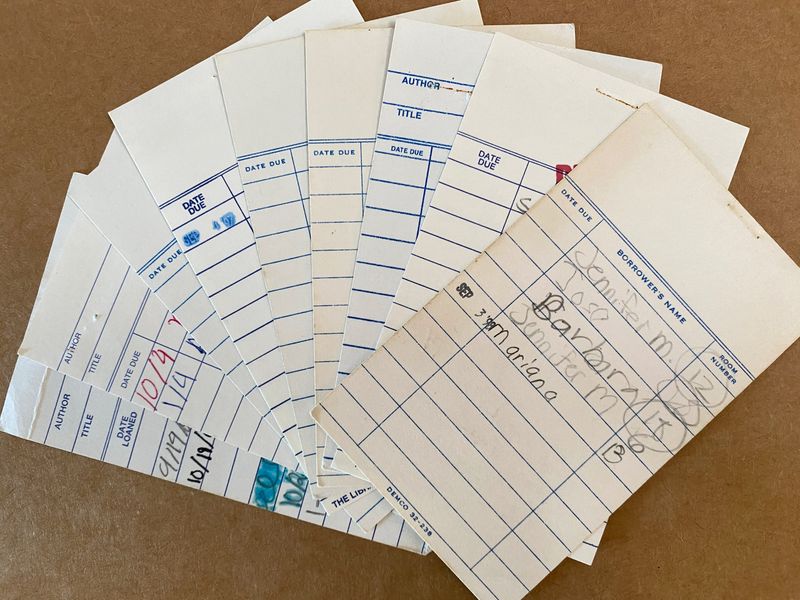
Ever peeked at the list of names on that little card in the back of the book? Someone named Kyle read The Babysitters Club before you. Scandalous.
Check-out cards were the original browsing history, offering a glimpse into the reading habits of others. They added a personal touch to each book, connecting readers across time and space.
The handwritten names and dates were like little secrets, whispering stories of past readers who shared the same journey. It was a charming part of the library experience, a nod to the community of book lovers who came before you.
17. The Whole Vibe = Hogwarts Without the Magic
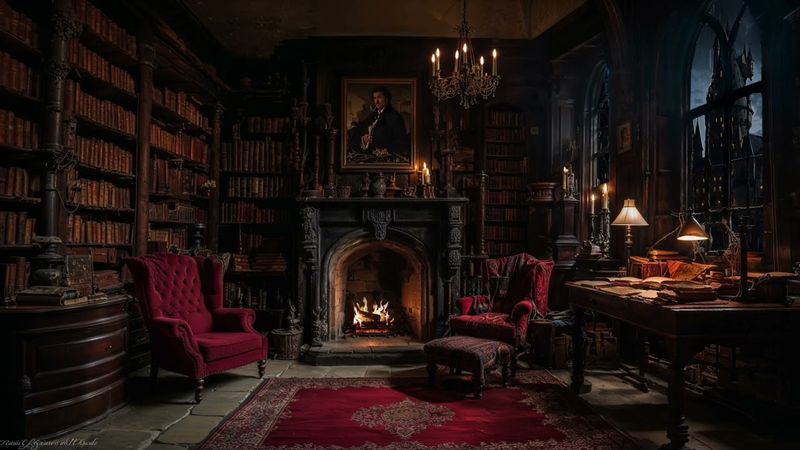
Dusty tomes, secret corners, mysterious regulars, and ancient rules… old-school libraries had all the right ingredients for a Hogwarts-like experience, minus the floating candles and three-headed dog.
The whole vibe was enchanting, a sanctuary where you could lose yourself in the world of books and imagination. Every creaky floorboard and whisper of pages turning added to the charm, creating an atmosphere that was both welcoming and mysterious.
Libraries were places of discovery, where the past and present converged, offering endless possibilities for exploration. The magic was in the books and the stories they told, a world of wonder waiting to be uncovered.
